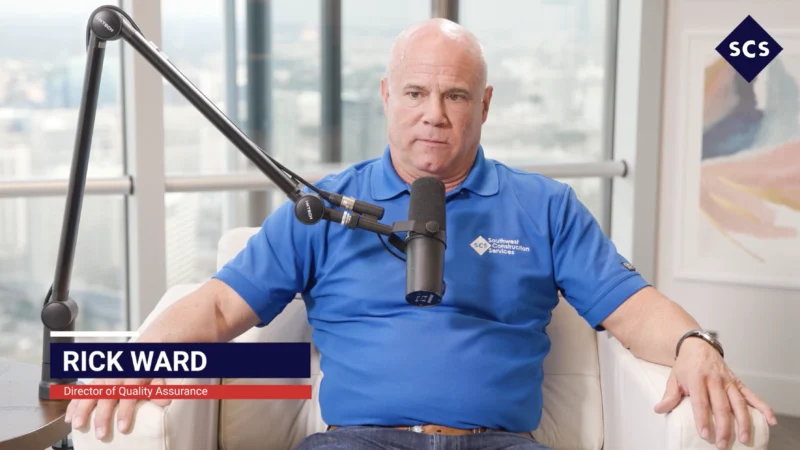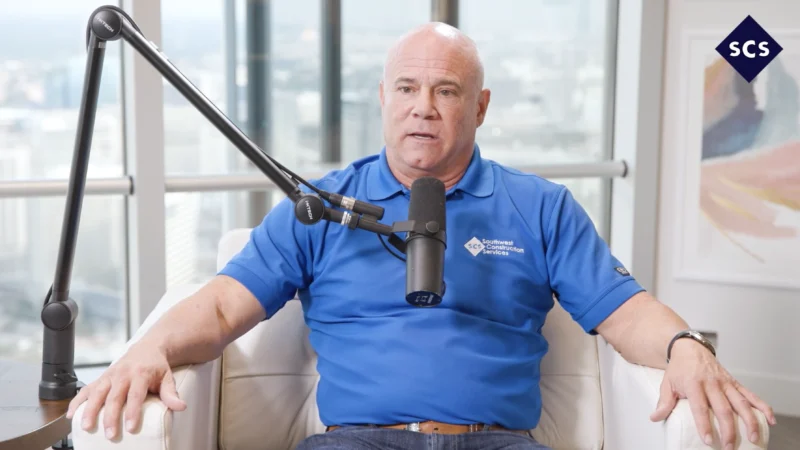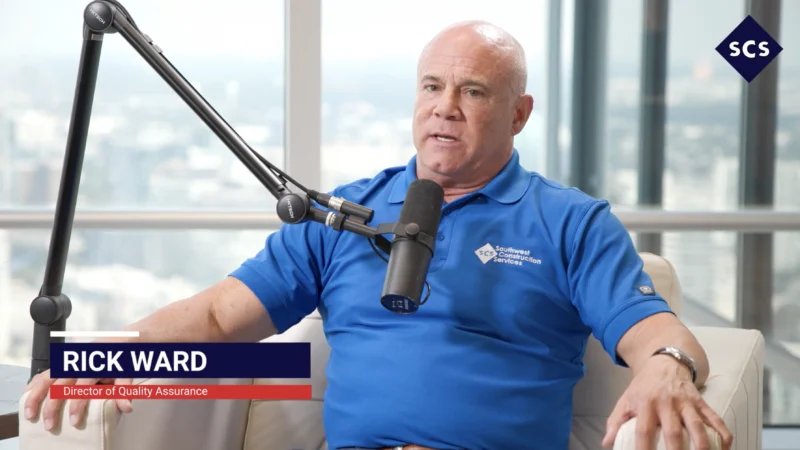How to Understand and Utilize Distribution Fulfillment Software
Unless you’re in tech, software isn’t always the easiest to understand, let alone know what to put in place. Choosing the right kind of software for your distribution and fulfillment needs can feel like a daunting task – especially since there are three different categories. How do you know what the right investment is?
On the newest episode of On Time in Full, a podcast by Designed Conveyor Systems, host Gabrielle Bejarano speaks with Brian Curran, VP of Software with DCS. Today, the two discuss distribution and fulfillment software, including:
- There is a distinct difference between the three: WMS, WCS, and WES distribution and fulfillment software
- Picking the right tool for what you need requires research
- The given compatibility of these software products is useful for building automation
“It’s also important that you understand what’s under the hood of these products and the business drivers that they were designed to support. One thing that I recommend is…go through a review process with your vendors and really understand, [take] a deep dive under the hood, how the product was built, what features does it have to support [a] long-term road map, maintainability, supportability, all those architects or attributes…,” said Curran.
Curran has over 20 years of experience in software development and executive leadership roles. Prior to working for DCS, Curran was the VP of Software with SAVOYE. He is a graduate of Drexel University with a B.S. in Electrical and Computer Engineering.




